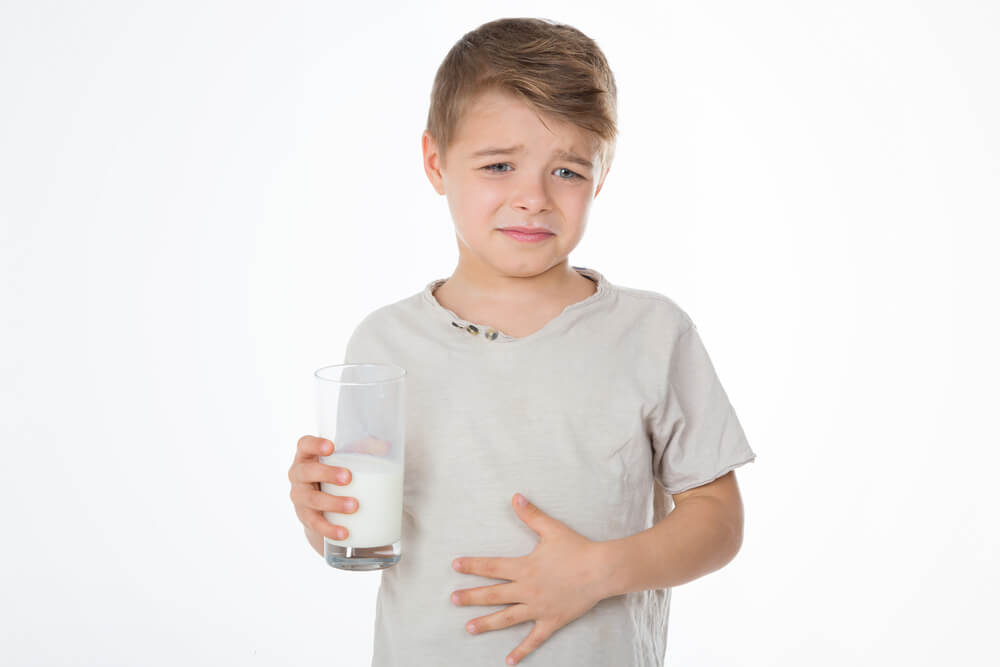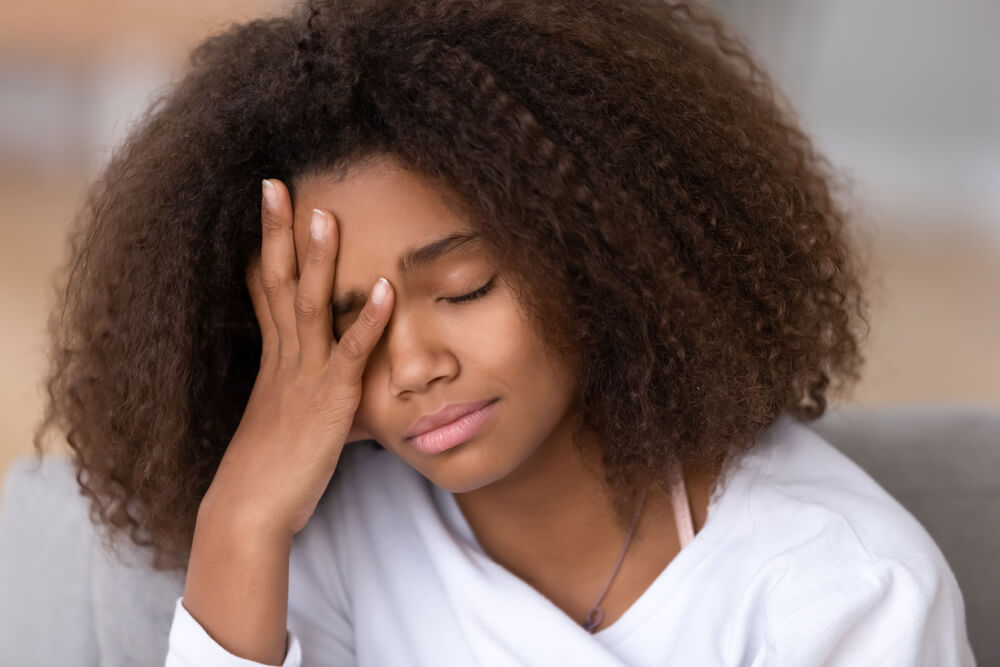Parents worry about the health of their children but don’t want to take them to the doctor every time they have an ache or pain. You probably know that you can treat the symptoms of a cold or virus at home, but how confident do you feel using over-the-counter remedies for stomach pain? Upper stomach pain and issues in other parts of the belly can cause cramping and general discomfort as well as other symptoms. Looking at these six reasons why kids have stomach pain can help you decide when to go to the doctor.
1. Bowel and Gut Problems
Many children suffer from stomach pain due to problems in their bowels, including irritable bowel syndrome (IBS) and constipation. Constipation affects children who do not get enough water as well as those who consume a diet low in fiber. IBS is a more common condition, but doctors do not always know what causes it. Some of the symptoms that kids with IBS experience include:
- Chronic stomach pain that lasts for three months or longer
- Nausea
- Changes to their appetite
- Bloating and/or flatulence
- Stomach cramps
Kids can also notice blood and/or mucus in their stool as well as have problems using the bathroom. They may feel as if they need to go but nothing comes out. Some children with IBS have bowel movements but still, feel as if they need to use the bathroom.
 2. Infection
2. Infection
Pain in the middle of the stomach can indicate the presence of an infection, especially when combined with other symptoms. Kidney and bladder infections are common in children. A urinary tract infection (UTI) is a type of bladder infection seen in children who wear tight clothing as well as those who take bubble baths. It can also occur in those who wipe the wrong way and kids who do not use the restroom as often as they should. If your child tends to hold their urine, their stomach pain may relate to a bladder or kidney infection.
As a parent, you can keep an eye out for the symptoms associated with infections. The most common sign is pain when urinating. An infection can make a baby cry before, during, and after diaper changes and make an older child avoid the bathroom. Many infections also cause lower stomach pain that has a cramping sensation
3. Appendicitis
It is almost never too early for a child to have appendicitis. This condition affects the appendix and requires the removal of that organ. If you do not seek treatment immediately, your child’s appendix can burst and spread the infection through the body. It typically occurs due to an obstruction that blocks the organ. Symptoms generally appear quickly and will worsen with time. The most common symptom is pain in and near the lower right quadrant of the stomach. Appendicitis can also cause chills, fever, nausea, diarrhea, loss of appetite, and constipation. Younger children also experience some swelling in their stomachs. A bowel obstruction can cause similar symptoms.
4. Menstruation
Menstruation is another reason some children experience lower stomach pain. Though you might think that puberty doesn’t start until the teenage years, it can affect younger children. Girls can start their periods when they are as young as 10, but others do not start until they are 15 or older. They often notice some discharge that is white or light brown/yellow, which is an early sign of menstruation. Once a girl begins experiencing a regular period, she may suffer from cramps. Those with severe cramps can get a prescription for birth control to reduce their cramps and regulate their periods.
5. Poisoning
Any child who has food problems may suffer from stomach pain. This includes those with food poisoning and children who eat too much food. If you ever felt uncomfortable after a big meal, think about how your child feels when forced to eat the same meal that an adult does. The symptoms of food poisoning can start just a few hours after eating and last for several days.
Kids can suffer from lower or upper stomach pain due to food allergies, too. Kids today can have allergies to tree nuts, dairy, eggs, peanuts, fish or shellfish, wheat or soy. It’s also possible for children to have allergies to more than one food. In addition to stomach pain and nausea, they can experience symptoms such as hives, a weird taste in the mouth, swelling, wheezing or vomiting. Talking to a doctor and having an allergy panel done will help you see what your child should avoid.
While food poisoning comes from certain foods, kids can suffer from other forms of poisoning due to insect bites and substances that they consume. Children can also exhibit some of the same symptoms if they get into certain types of drugs or if they smoke or eat cigarettes. If you notice the signs of poisoning in a child, you should contact poison control as soon as possible or visit the emergency room. Those signs include:
- Dry mouth
- Foaming at the mouth
- Red spots in or near the mouth
- Confusion
- Dizziness
Poisoned children can also experience changes in their pupils. The pupils may appear smaller than they should or become much larger. No matter how careful you are, kids can still get into things that they shouldn’t such as cleaning supplies or alcohol. They can have similar symptoms when bitten by a toxic insect, too.
 6. Muscle Strain
6. Muscle Strain
Muscle strain can affect any person of any age. Kids who love running around and playing are just as likely to strain a muscle as those who prefer video games do. All it takes is one quick turn in the wrong direction or putting too much pressure on a muscle. Some kids experience stomach pain due to muscle strain. This type of pain can radiate out and move from the stomach to other parts of the body.
Both teenagers and younger children can experience pain in the middle of stomach problems due to a migraine. Though some think of a migraine as another type of headache, it may cause pain in other parts of the body. A migraine consists of four phases, with each phase having certain symptoms. Those symptoms range from fatigue and neck pain to light sensitivity and loss of vision. It’s also possible for migraine sufferers to hear music or see things that are not there.
When to Seek Help for Stomach Pain
Knowing when to see your pediatrician is difficult. While you know that your child doesn’t feel good, you might not want to take a day off work or pull your child out of school. It’s important to seek help if your child has chronic stomach pain that does not go away. If your child suffers from multiple symptoms, it’s also important to seek help. Worldwide Pediatrics Group can help you uncover the cause of a kid’s stomach pain and decide on the best treatment, so contact us today.



